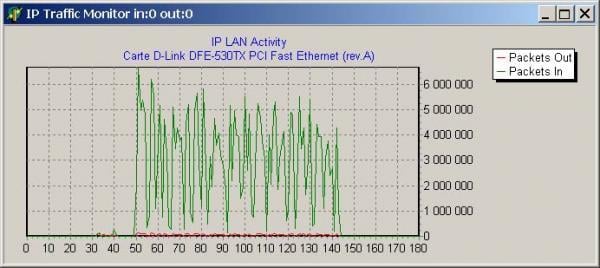

Cyber attackers can exfiltrate sensitive information from unencrypted messages. In packet sniffing, on the other hand, some nodes are programmed to not follow this practice and collect all or a certain sample of packets, regardless of their destination.Īs mentioned before, a packet sniffer can have both positive and negative use cases, depending on who is using it. If a node finds the packet is addressed to some other node, it drops or ignores the packet. Each network adapter and the connected device examine a packet’s control information to see what node the packet is headed toward. This includes: your web browsing history, your downloads, the people you send emails to, etc.īut how does a packer sniffer work? Simple – when data packets are transmitted, they pass through several nodes in a network. But it can also be used for malicious purposes, to snoop in on your private data exchanges. It can be used for good, to run diagnostic tests and troubleshoot potential problems. Therefore, as defined in our Cybersecurity Glossary,Ī packet sniffer is a type of software designed to monitor and record traffic on a network. While this technique is often associated with cyberattacks, it’s commonly used by Internet service providers, government agencies, advertisers, and even large organizations for network monitoring. When it comes to relying on networking protocols, best practices, and monitoring tools to ensure data flow in a network, packet sniffing is the best option to help IT administrators keep up to date with packets (small formatted units of data) and ensure they’re transferred smoothly.


 0 kommentar(er)
0 kommentar(er)
